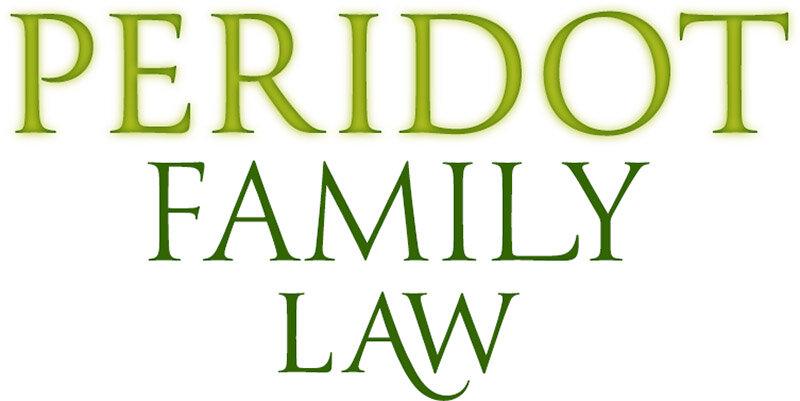DOMESTIC VIOLENCE
“Coercive Control” under Section 1 of c. 209A
In September 2024, the so-called “Coercive Control” law went into effect. The law follows the lead of six other states which classifies coercive control as domestic violence. According to the MA law, “Coercive Control is defined as: a pattern of behavior intended to threaten, intimidate, harass, isolate, control, coerce or compel compliance of a family or household member that causes that family or household member to reasonably fear physical harm or have a reduced sense of physical safety or autonomy.”
Examples of what coercive control can look like include, 1) Isolating the victim from friends, relatives, and other sources of support; 2) Depriving the victim of basic needs; 3) Controlling, regulating, or monitoring the victim’s activities, communications, movements, finances, economic resources, or access to services including through technology; 4) Compelling the victim to engage in or abstain from specific behaviors or activities; 5) Threatening to harm a child or relative of the victim; 6) Threatening cruelty to an animal connected to the victim; 7) Intentionally damaging the victim’s property; 8) Threatening to publish the victim’s sensitive personal information, including sexually explicit images and 9) Repeated unwarranted court actions against the victim.
Any of the examples above count as coercive control if they are part of a pattern of behaviors, however; a single act of one of the four behaviors below is also enough to qualify.
1) Causing the victim to fear physical harm or have a reduced sense of physical safety or autonomy;
2) Harming or attempting to harm a child or relative of the victim;
3) Completed or attempted abuse of an animal connected to the victim; or
4) Publishing or attempting to publish sexually explicit images of the victim.
If you have questions about whether or not the facts of your case involves “coercive control” under the new law, we are here to help.

